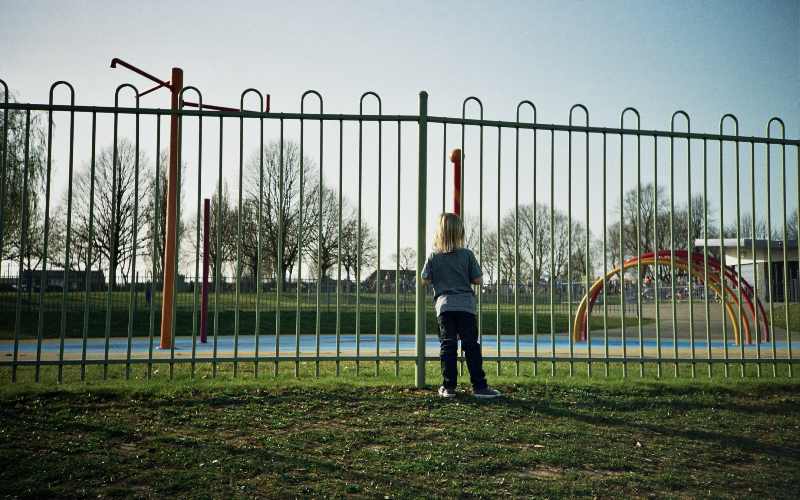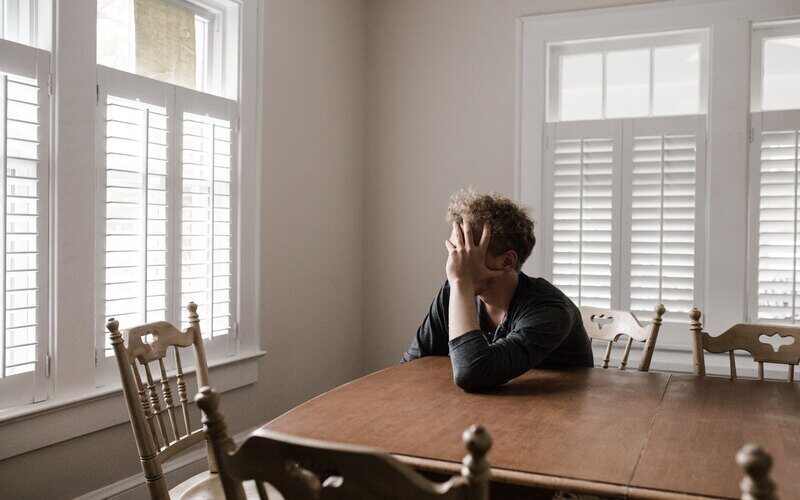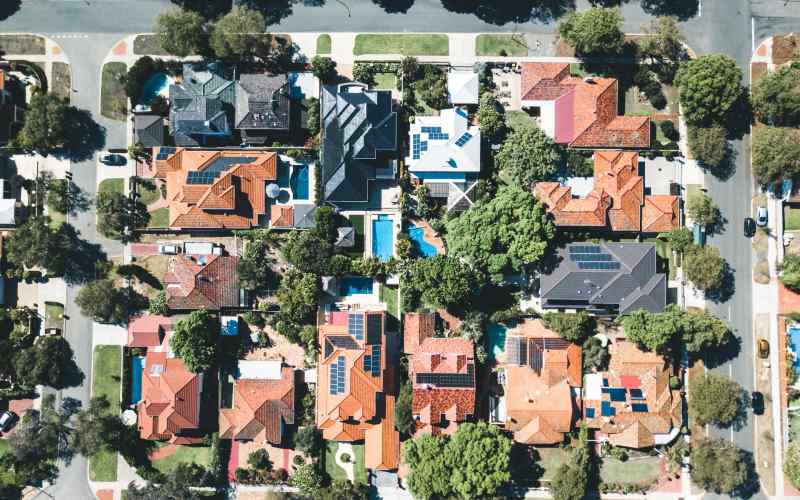The discussion paper from Per Capita 'Generation Stressed' examines the total cost of a mortgage as a proportion of wages over the 30-year life of a standard home loan.
The analysis compared house prices, mortgage rates and wage changes to calculate what proportion of a median income would go towards covering the cost of a median mortgage, and found that Generation X's mortgage debt has been declining much slower than that of previous generations.
For a family in the Silent Generation (1928-1945) buying a home in 1970, the average repayment cost over the life of the mortgage was 11.2% of their gross income.
For a Baby Boomer family buying a home in 1985, that figure rose to 19.5% of their gross income.
But for a Generation X family who bought a home in 2000 and have approximately nine years left to go on their mortgage, the analysis estimates they will spend 25.5% of their gross income on servicing mortgage debt.
"That is a 130% increase in the lifetime cost of owning a home over 30 years," report author Matt Lloyd-Cape said.
Related: Which generation had it harder for home buying?
In the first year of the mortgage, the household debt for a Silent Generation family was worth around 3.7 years of median full-time male annual earnings.
After five years, more than half the mortgage debt had been inflated away to just 1.8 times annual earnings.
For a Generation X family, the initial mortgage debt taken on equated to 5.6 times the median full time male annual earnings, and was still at 4.1 times after five years.
"We estimate the Gen X family is paying $1,425 per month on their mortgage in 2021," Mr Lloyd-Cape said.
"If they were on the same repayment trajectory as the Boomer family their monthly bill would be $910, while if they were on the Silent Generation trajectory it would be just $440 a month.
"For the individual family, this is a huge loss of income – almost $1,000 a month – that would be far better directed toward education, health or day-to-day living expenses."
The higher cost of buying a home represents a significant constraint on household consumption, and is likely to be an ongoing handbrake for Australia's economic recovery from COVID-19, Mr Lloyd-Cape pointed out.
The paper says the situation will get worse unless the federal government makes drastic changes.
"The federal government could axe tax incentives for investors, particularly the Capital Gains Tax Discount, and remove or limit negative gearing," Mr Lloyd-Cape said.
The paper also argued that the Consumer Price Index (CPI), by treating the purchase of a property as an asset investment rather than an expense, "fails to adequately account for the increase in the cost of living for mortgagee households".
"If our social welfare model is predicated on mass home ownership, factoring the total cost of a home purchase must be incorporated into cost of living measures," the paper said.
The paper also points out how wage growth has been largely "anaemic" over the past decade with many people seeing effectively no increase in their pay packet.
"By comparison, in the 1970s - although inflation was extremely high at 9.8% - nominal wage growth outstripped inflation significantly with an average annual increase of around 13%," the paper said.
"So, while first-time buyers prior to the house price boom from the late 1990s onwards certainly had far lower house prices, and therefore smaller deposits to contend with, their monthly payments were increased by far higher interest rates.
"Late Gen Xers, Millennials and Gen Zeds, on the other hand, struggle longer to save the deposit for ballooning house prices, but then experience relatively lower interest repayments."
Photo by Nick Page on Unsplash

Ready, Set, Buy!
Learn everything you need to know about buying property – from choosing the right property and home loan, to the purchasing process, tips to save money and more!
With bonus Q&A sheet and Crossword!



 Harry O'Sullivan
Harry O'Sullivan
 William Jolly
William Jolly











